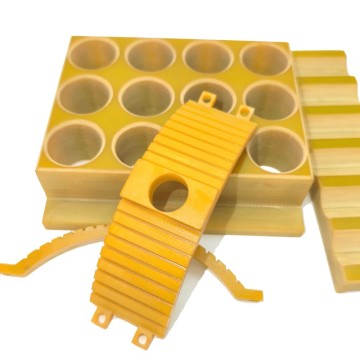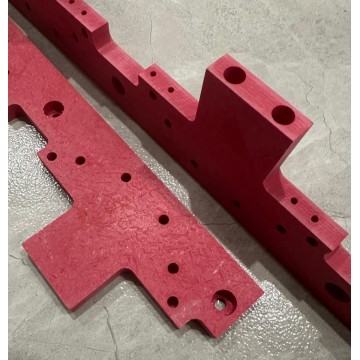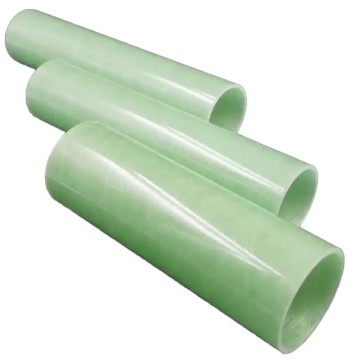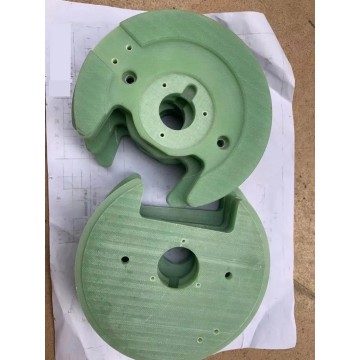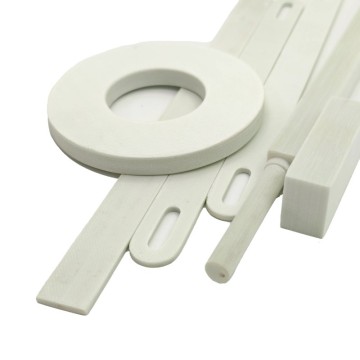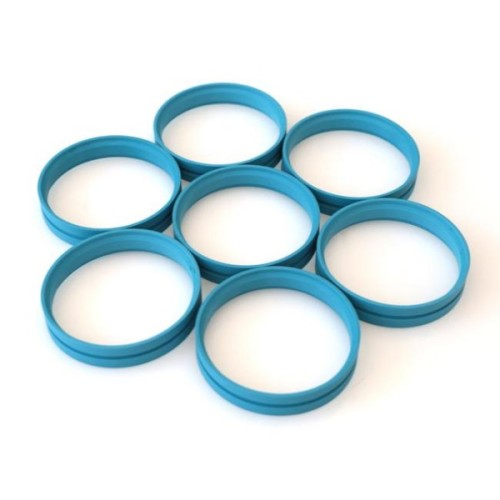
Acetron®GP FG / Ertacetal® C FG POM-C
- Min. Order:
- 1 Piece/Pieces
- Min. Order:
- 1 Piece/Pieces
- Transportation:
- Ocean, Land, Air, Express
- Port:
- Shenzhen, Guangzhou, Hongkong
Quantity:
Your message must be between 20 to 2000 characters
Contact NowBasic Info
Basic Info
| Supply Ability: | 100 |
|---|---|
| Payment Type: | T/T,Paypal |
| Incoterm: | FOB,CFR,CIF,EXW,DDP,DDU |
| Transportation: | Ocean,Land,Air,Express |
| Port: | Shenzhen,Guangzhou,Hongkong |
Product Description
Product Description
What is milling?
Milling is a machining method that applies a high-speed cylindrical cutting tool to a stationary plastic shape, moving the cutter on an axis to subtract from the shape in different directions.
Computerized numerical control (CNC) milling increases the accuracy and efficiency of plastic milling.
Milling plastic vs. metal
When milling plastic, it is crucial to properly stabilize the part on the worktable and minimize vibrations from the high-speed cutting tool – these may result in chatter marks and decreased accuracy due to the shape wandering
Milling tips for plastic
• Climb milling, also known as down milling, is recommended over conventional milling.
• Sufficient fixturing on the mill bed allows fast table travel and high spindle speeds.
• The shape should not be fixed too tightly, however, as it may deform or spring
• When face milling, use positive geometry cutter bodies.
What is sawing?
Sawing is a machining method that involves cutting a material into multiple pieces using a bandsaw, table saw, or other specialized equipment.
Sawing plastic vs. metal
The primary difference between sawing plastic vs. metal is that the heat generated by the saw blade can negatively impact the plastic parts due to lower softening and melting temperatures. It is crucial to account for the speed of the blade, the thermal properties of the material, and the thickness of the shape when sawing plastic.
Tips for selecting a saw tool
• Band saws are versatile and perform well for straight, continuous curves, and irregular cuts.
• Table saws are convenient for straight cuts and can be used to cut multiple
thicknesses and thicker cross sections – up to 4” with adequate horsepower.
Tips for selecting a saw blade
• Rip and combination blades with a 0° tooth rake and 3° to 10° tooth set are best for general sawing in order to reduce frictional heat.
• Hollow ground circular saw blades without set will yield smooth cuts up to 3/4”
thickness.
• Tungsten carbide blades wear well and provide optimum surface finishes.

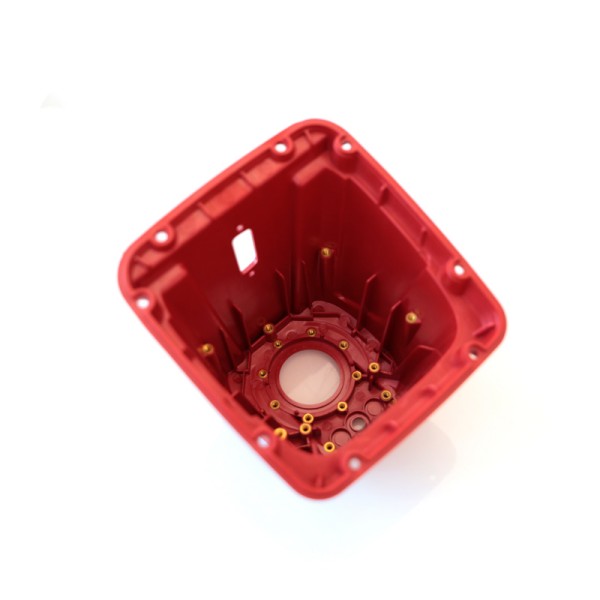
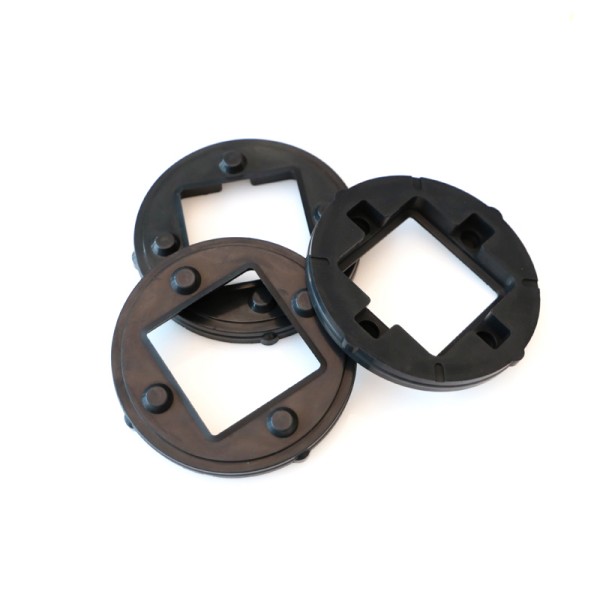
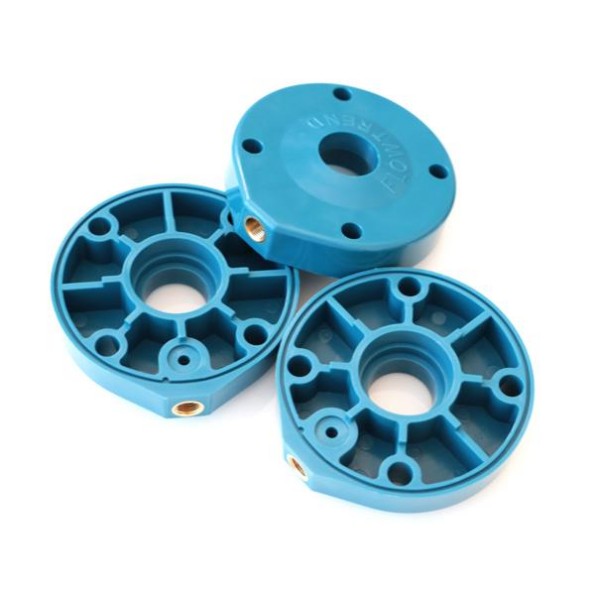
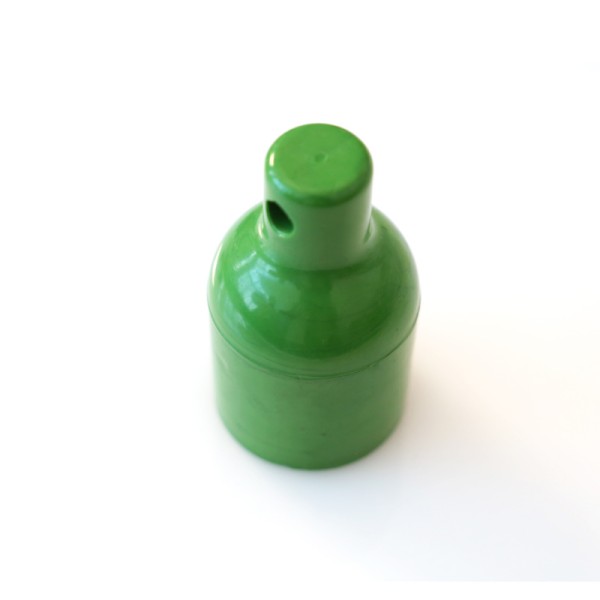
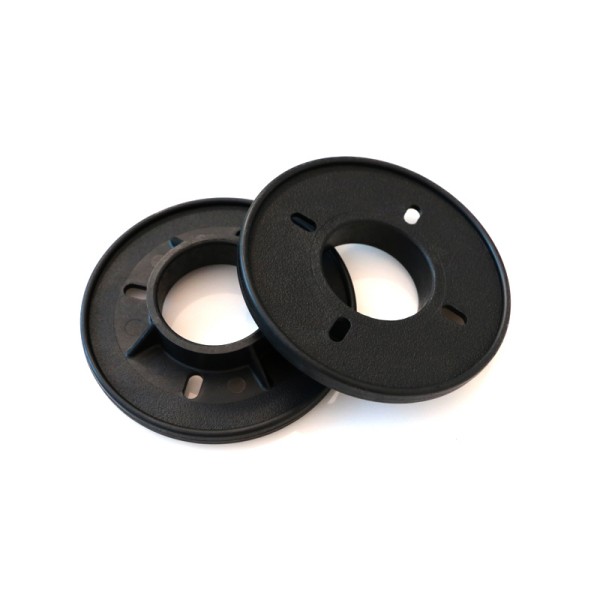
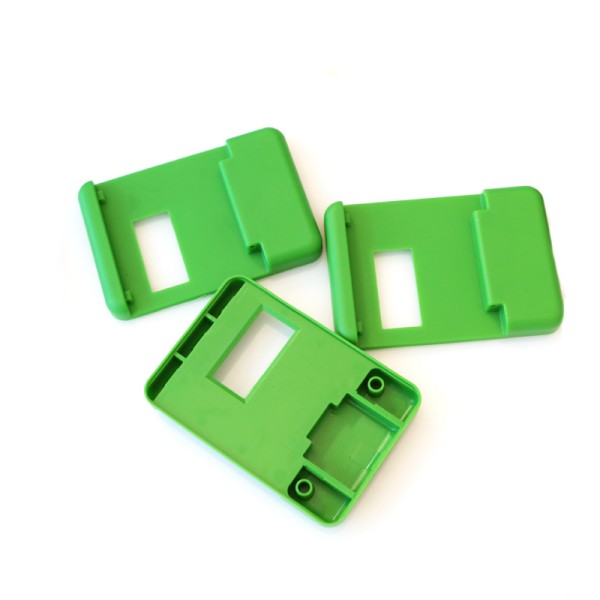
Related Keywords
Related Keywords











